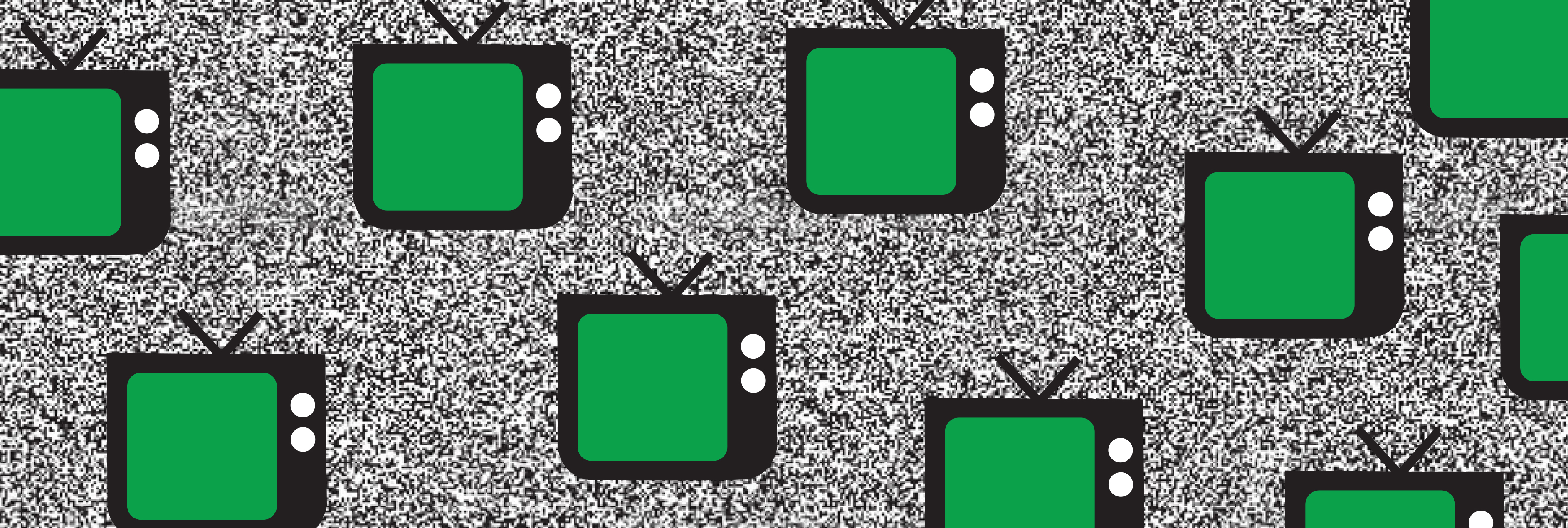Movies and episodes of television shows are often used as teaching tools in school. I still know the Preamble to the Constitution by heart all because of that one episode of Schoolhouse Rock! I watched nearly 10 years ago. The effectiveness of visuals as teaching tools benefits some learners more than others. As a visual learner myself, I always found that movies and television episodes simplified materials and helped me to have visual reminders of dense textual material.
There’s something about transforming textbook theories into visual representations that help solidify these theories in one’s mind. Perhaps it is how the movie or TV show has applied the theory that helps us to understand. By applying the theory, the movie or TV show has eliminated one step in the thought process of the student. The students’ job then, is to analyze how this application makes sense.
Say for example, a class learns how a bill becomes a law in the United States. The process of applying this knowledge can be difficult. Thinking of a hypothetical takes time, and if someone is unclear about the classroom material, that makes thinking of a hypothetical even harder. Then, along comes a helpful movie or TV episode that creates a narrative around a bill becoming a law. Thrown into the academic mix are characters that students can care about, subplots that are entertaining, and of course, a visual and layperson’s interpretation of often difficult classroom material.
Not only do visual materials make learning easier, they make learning fun. I always remember how excited my classmates and I would get when we would watch a movie or TV show to learn. My science classes in middle school and high school would often put Bill Nye the Science Guy after certain lessons, permitted that there was an episode dedicated to what we were learning. Even my friends who couldn’t wait for science class to end would perk up when the classroom TV was turned on. (Another great example is Neil deGrasse Tyson in Cosmos.)
That’s not to say that all students should only watch movies and TV for their education (I wish). Visual materials are supplements to lectures and readings that provide students with a different way to process concepts. There’s also the entertainment aspect, of course. Visual materials have proven time and again to stimulate interest and to facilitate understanding.




Leave a Reply